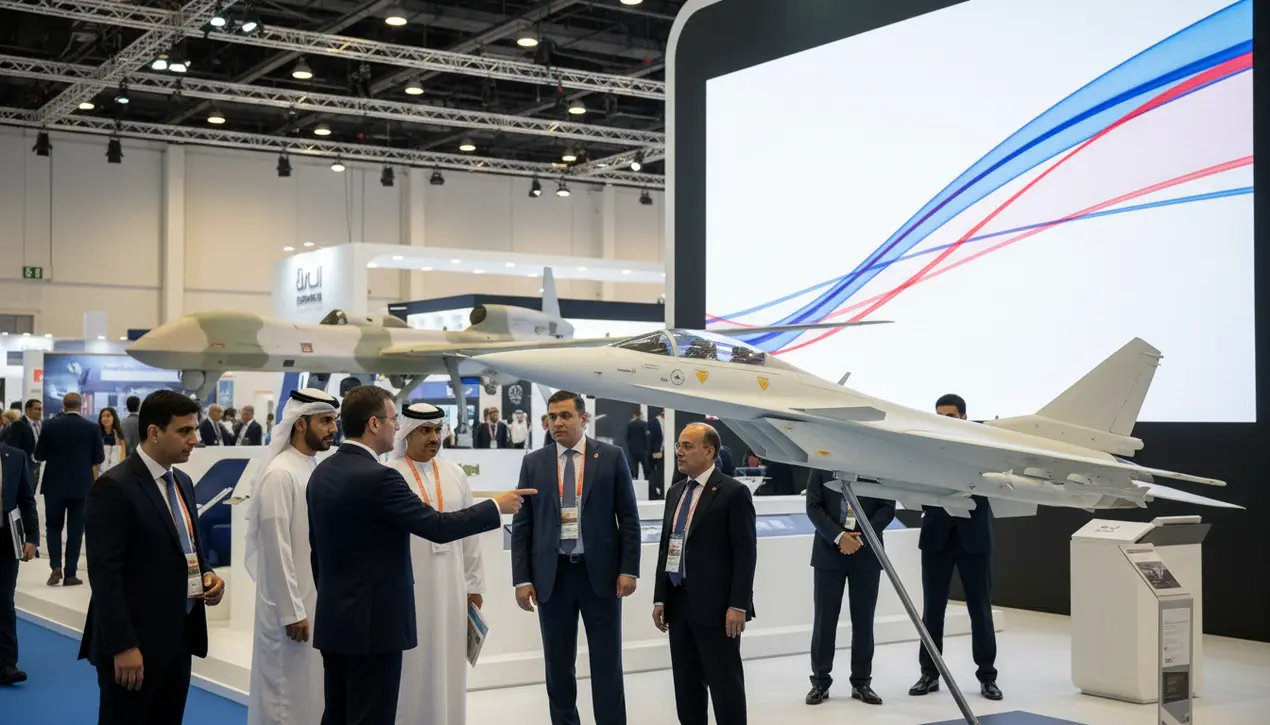
Politicsconflict & defenseArms Deals
China's Aerospace Firms Pursue Overseas Arms Sales at Air Shows
OL
Oliver Scott
1 day ago7 min read5 comments
China’s aerospace manufacturers have become a growing presence at overseas air shows as the country seeks to expand its arms sales abroad, bolstered by technological advances in the defence and aviation industries. More than 1,500 companies took part in this year’s Dubai Airshow, the largest air show in the Middle East, including around 80 Chinese companies, such as China National Aero-Technology Import & Export Corporation (Catic).Catic is the international arms sales subsidiary and the global face of China's military-industrial complex, and its prominent positioning in Dubai signals a calculated escalation in Beijing's geopolitical playbook. This isn't merely about commerce; it's a strategic maneuver in the great power competition, directly challenging the long-standing dominance of American firms like Lockheed Martin and European consortia such as Airbus.The technological leap is undeniable—from the Chengdu J-10 fighter, often compared to the F-16, to the Wing Loong series of armed drones that have already seen combat in conflict zones across the Middle East and North Africa. These systems offer a compelling value proposition: near-peer capabilities at a significantly lower cost, and crucially, without the political strings often attached by Western suppliers.For nations in volatile regions, from Saudi Arabia to Pakistan and Nigeria, this represents a pathway to military modernization free from the scrutiny of human rights conditionalities. The potential consequences are profound, reshaping alliance structures and regional power balances.A scenario where a U. S.ally, feeling neglected or politically pressured, pivots to Chinese hardware for its air defense needs is no longer theoretical; it's a tangible risk that Pentagon planners are now war-gaming. This arms export push is underwritten by China's own massive domestic military modernization, which has created economies of scale and a proven testing ground for its equipment.However, the road ahead is fraught with challenges. Reliability concerns, questions about long-term maintenance support, and the specter of U.S. sanctions under the Countering America's Adversaries Through Sanctions Act (CAATSA) for major purchases remain significant headwinds.Furthermore, Russia, a traditional arms exporter, is now a diminished competitor, its own defense industry crippled by the war in Ukraine and subsequent sanctions, creating a vacuum that China is eager to fill. The ultimate analytical insight is that these air shows are the new front line in a silent war for global influence, where contracts for fighter jets and drones are the currency of a new, multi-polar world order. The success or failure of this campaign will be a key indicator of whether the 21st century will be truly dominated by Chinese strategic ambition, making every deal signed on the tarmac in Dubai or Paris a data point in the ledger of geopolitical shift.
#featured
#China
#aerospace
#arms sales
#defense industry
#Dubai Airshow
#Catic
#military exports
Stay Informed. Act Smarter.
Get weekly highlights, major headlines, and expert insights — then put your knowledge to work in our live prediction markets.
Comments
Loading comments...
© 2025 Outpoll Service LTD. All rights reserved.